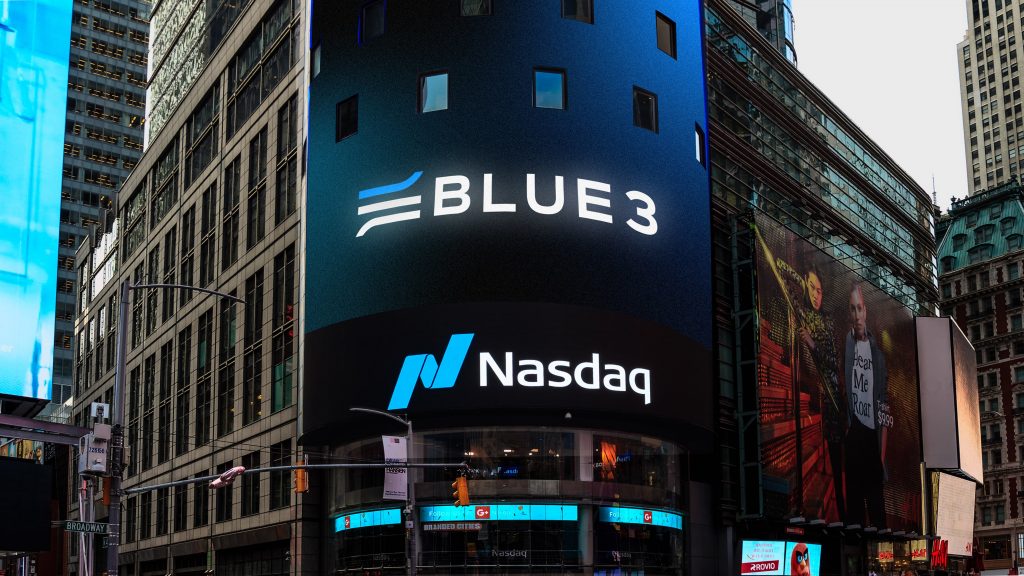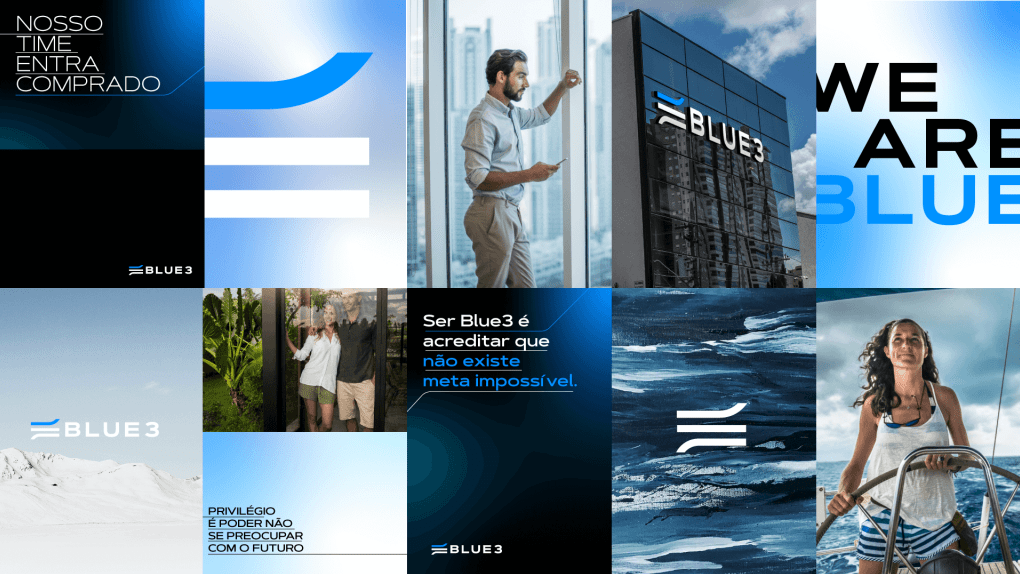Of the branding strategies, brand positioning is perhaps the most popular. That doesn't mean, however, that it is the most understood and well executed, even among experienced entrepreneurs and managers.
We've learned a lot about positioning since the beginning of 2020 with the pandemic. Do you doubt it? Then think about the employer brands that have suffered and those that have excelled in talent retention and team management since the beginning of this context. Many have become the cause of employee burnout, have become a laughing stock on LinkedIn and have even gained positive and negative media coverage.
The same goes for the relationship between brands and their external audiences, such as customers. Some stand out and inspire, creating desire and increasing sales, while others create repulsion and unease among the public.
So what separates the public perception of these brands? Positioning. Let's get to it.
What is brand positioning?
In a nutshell, brand positioning is a branding strategy - therefore, brand management - that relates to how your brand identifies itself and how it is identified. Because it is so wide-ranging, positioning has to do with market share, sales levels, customer or user evaluation, strength, discourse, vision of the future and the market, etc.
It may sound complex. In fact, it really is, but a phrase from marketing master Philip Kotler sums it up well:
"Consumers can evaluate an identical product differently depending on how its brand is established."
Philip Kotler in Marketing Management
A brand's positioning, then, is just that: how it establishes itself on the market. Knowing this, a brand can go through the process of (re)positioning a few times throughout its history.
Blue3's repositioning

A recent case in point is the repositioning of the Blue3 brand, which was consulted by Brand Innovation storyline. We were approached by the company when it was still called Bluetrade and was, at the time, the third largest law firm in the world. investments associated with XP.
Blue3 wanted to expand into Brazil by opening new offices in the country. We carried out an extensive research process and set our sights on a strategy that would standardize the brand and make it easier to pass on its values to the new offices that would be opened.
Along the way, we identified that the "trade" in the name could unfortunately be associated with "risky investment", due to the common sense of the term being pejorative today.
The solution was then to reposition the brand with a new name and clear values: from Bluetrade, the brand was positioned as Blue3, an investment and asset development company.

Full of meaning, the new brand has been better communicated and has helped to reinforce the company's competitive DNA. Learn more by watching the video below:
In the year of implementing its brand repositioning, Blue 3:
- It became the best XP investment office in Brazil;
- Expanded its workforce by 50%;
- Expanded its operation to 3 new cities;
- She became a partner of XP Inc in the creation of a new brokerage;

Have you seen how repositioning a brand can lead to expansion, even in an extremely competitive market?
Around here, we have various cases such as Blue3 that can inspire and motivate you to take the next step that will lead your company to the future you want.
If you want, you can count on us and our exclusive methodology Brand Innovation! Get in touch and come have a coffee - even a virtual one - with us!
[:]